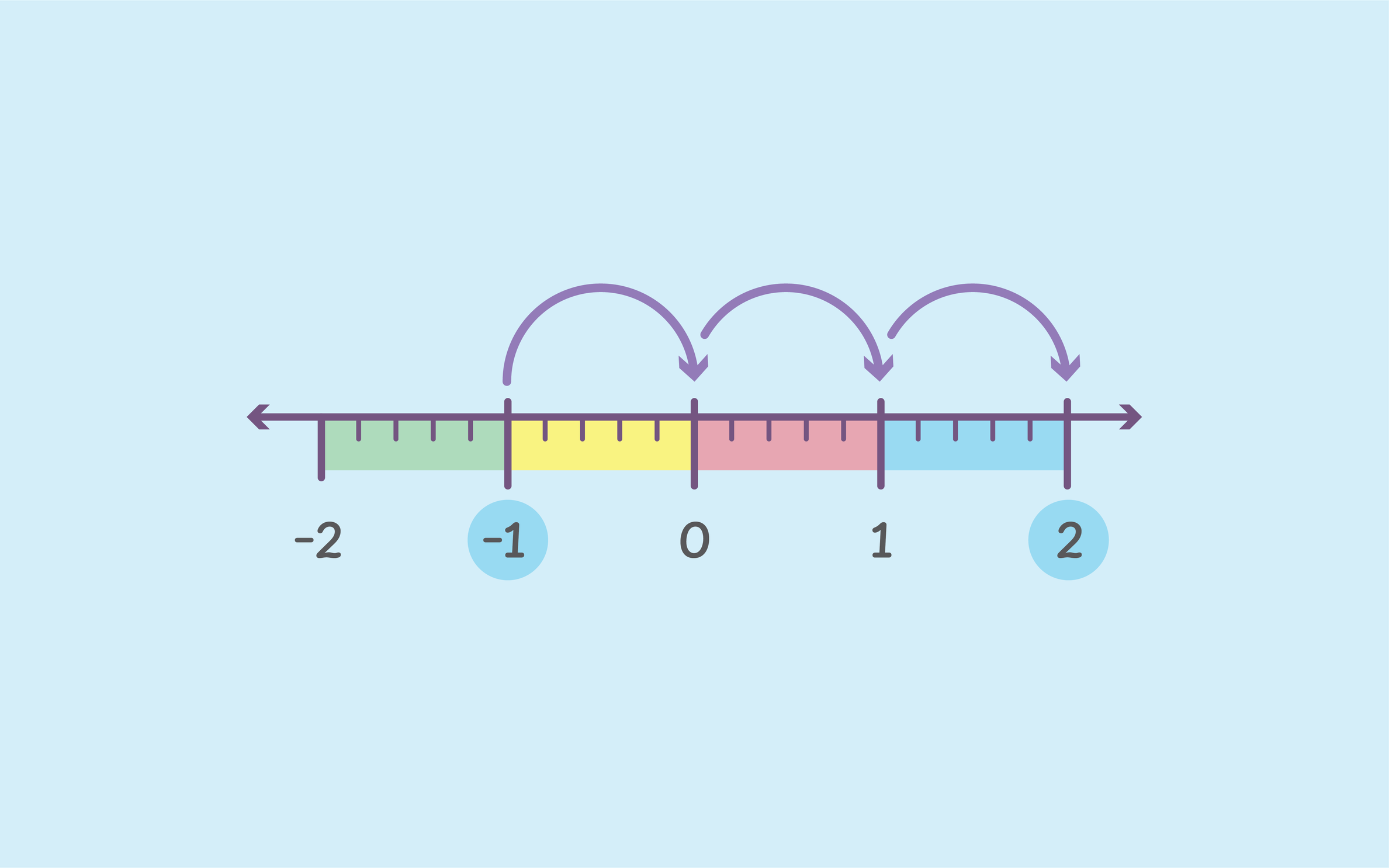The problem with number lines
The number line may seem like a nice shortcut to pictorially represent cardinal numbers, but with younger children, one-to-one representation — for example, counting with linking cubes — is much more sensible.
The number line is a commonly used teaching tool that can be very helpful for some topics, but timing is everything.
If the number line is introduced too early, it can have a detrimental impact on the development of number sense in young learners.
Children learning about numbers already have a lot to deal with. For instance, they need to get to grips with three separate ‘manifestations.’
These are:
- Cardinal: the number of objects in a group, for example, five stones
- Ordinal: the order of objects in a group, for example, the second house
- Nominal: the name of an object, for example, bus number 2
The number line is yet another manifestation, and one that is quite abstract because it shows the numbers as a measurement of length.
Transform Your Maths Assessment
Insights — our online assessment tool — gives you instant, powerful data to identify gaps and improve results.

Huge impact
The number line may seem like a nice shortcut to pictorially represent cardinal numbers, but with younger children, one-to-one representation — for example, counting with linking cubes — is much more sensible.
This may seem pedantic, but it really isn’t.
The number skills that children learn early in life have a huge impact on their maths proficiency later.
The authors of a 2018 study on arithmetic performance in children put it this way: the ‘cognitive framework’ that allows a child to understand the difference between having two or three sweets gradually develops into an advanced system of conceptual knowledge. This then allows a person to intuitively understand abstract number relations and algorithms.
In the study, researchers conducted an experiment to determine how best to foster number sense and early arithmetic skills in kindergarten. They decided to look specifically at ‘mapping’ which is considered one of the primary skills involved in number sense development.
To measure what had the biggest positive impact on mapping skills, they divided 90 Dutch kindergartners into three groups. The first group would be given counting exercises — described as the ‘bottom-up’ approach. The second group would be given number-line exercises — described as the ‘top-down’ approach. The third would be the control group.
The results showed the counting group significantly outperformed the control group, while there wasn’t a significant difference between the number-line group and the control group. In other words, only the counting approach was effective for fostering number sense, at least in the context of this experiment.
“This implies that number processing and consequent arithmetic skills can be nurtured through counting activities, and it may suggest that development in the school context is also furthered by counting more than by number line training,” the researchers wrote.
A similar dynamic recently played out in a maths mastery classroom when teachers tried to use a number line to help pupils solve addition problems.
“Prior to teaching this lesson, we felt confident pupils would understand and be able to independently apply the skill of using a number line to ‘count on’. However, we found this was not the case! Despite most pupils immediately solving addition problems by counting on in their head or on their fingers, they were unable to apply this on a number line. We clearly needed to make the concepts more concrete.”
The teachers eventually used differentiation to help pupils make the necessary connections and move the class forward. However, their experience highlights what can happen if the number line is introduced to pupils before they’re ready.
It’s a case of jumping into the abstract too early.
The importance of a sound understanding of the three main manifestations of number — cardinal, ordinal and nominal — becomes important as soon as children get into more advanced mathematics.
For example, fractions are made up of one cardinal number and one nominal number. The denominator is the nominal number. It names the number of equal parts, such as thirds. The numerator is the cardinal number. It counts how many equal parts there are, as in two thirds.
If children don’t have a secure understanding of cardinal versus nominal, they will struggle with fractions (although they may be able to perform rote or procedural calculations).
That’s why in the maths mastery approach, we emphasise depth of understanding over rapid advancement. It may take a little longer, but it works out better for learners in the long run.

